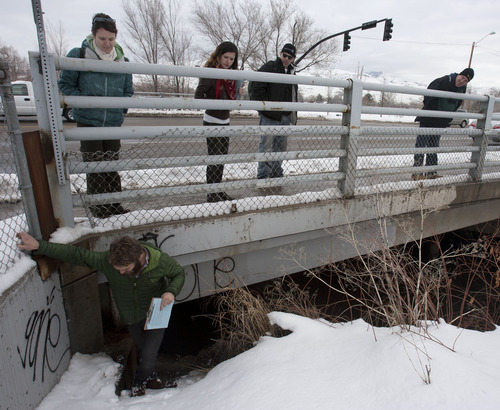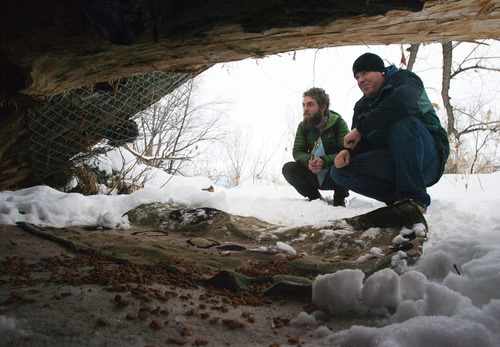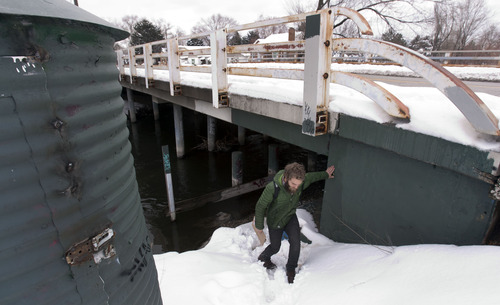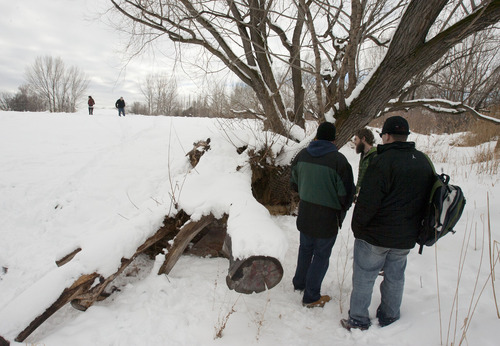This is an archived article that was published on sltrib.com in 2013, and information in the article may be outdated. It is provided only for personal research purposes and may not be reprinted.
Over the next three days, volunteers are hitting the streets, nooks and crannies of the state during predawn hours to help log a point-in-time count of Utah's homeless population.
They are asking shelter-dwellers and those who continue to camp outside in the elements, "Where did you stay Wednesday night?"
In 2012, Utah's statistical snapshot was based on where the homeless stayed on Jan. 25. It found 3,527 sheltered and unsheltered individuals that night — a 13 percent increase over the previous year.
Of that total, 331 were chronically homeless. Those numbers were then annualized to estimate a year-round homeless total of 16,522.
Homeless families increased by 21 percent, according to the Utah State Community Services Office.
Utah's chronically homeless — federally defined as being homeless for a year or longer, or experiencing at least four bouts of homelessness in the last three years and having a disability — decreased by 9 percent in 2012.
The 2013 numbers will be tabulated and released later this spring.
This year, the annual point-in-time tally coincides with a nationwide survey to identify and prioritize individuals living on the streets who have the most urgent medical needs.
The aim of the national 100,000 Homes effort is to evaluate people who have been homeless for six months or longer according to eight vulnerability risk factors, and move 100,000 of those most at risk into available housing units by July 2014.
"This is an effort to locate the chronically homeless and identify their needs," said Art Raymond, communications director for Salt Lake City Mayor Ralph Becker.
Scores of trained volunteers, many representing area non-profits and agencies that work with the homeless community on an ongoing basis, gathered at 4 a.m. to begin the difficult work of documenting this elusive population by name and photograph — for those who signed consent forms.
To be considered "medically vulnerable," a street-dweller must answer yes to one of the following eight conditions: liver disease, end-stage renal disease, positive for HIV/AIDS, over age 60, a history of cold or wet weather injury, three or more emergency room visits in the past three months, three or more inpatient episodes in the past year, and a condition called tri-morbidity — the deadly combination of substance abuse, mental illness and chronic disease.
Volunteers will continue the early morning work on Friday and Saturday as well, in conjunction with the statewide point-in-time count.
Aly Ainscough, project director for the Road Home's Chronically Homeless Services and Housing program, said the campaign will hold a briefing next week about the initial survey results.
twitter: @catmck —
100,000 Homes Salt Lake City
O Learn more about this campaign. > 100khomes.org/events/ut/salt-lake-city.











